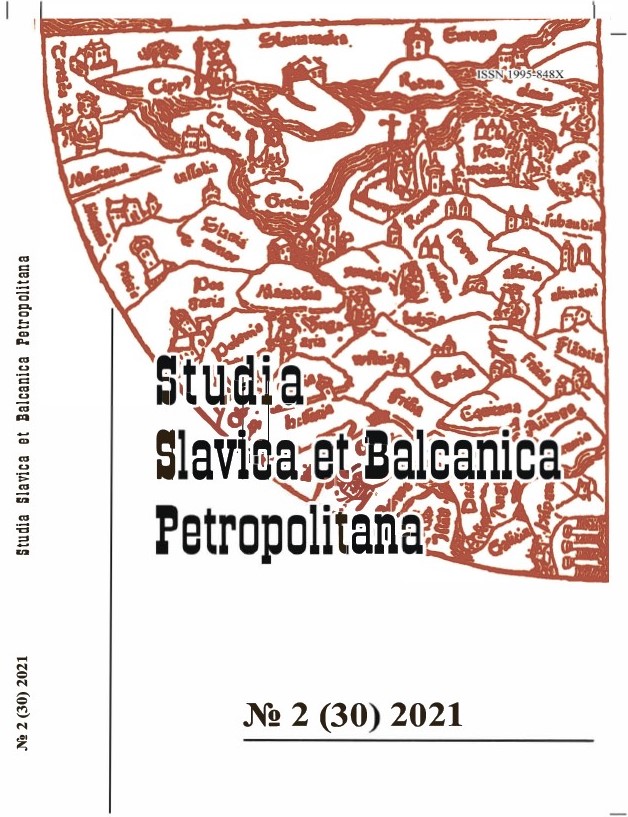Сообщение 1044 года в текстологии списков Начальной летописи
1044 annual entry in textual studies of the witnesses of the «Primary Chronicle»
Author(s): Tetjana Leonidovna VilkulSubject(s): History, Literary Texts, Cultural history, History of ideas, Russian Literature, 6th to 12th Centuries
Published by: Издательство Исторического факультета СПбГУ
Keywords: Old Rus’; Old Russian chronicles; textual criticism; medieval annals and chronicles;
Summary/Abstract: One piece of the 1044 annual entry of the Primary Chronicle contains account about a unique event in the history of Old Rus, which historians and philologists have interpreted time and again. During the reign of Yaroslav the Wise the remains («bones») of his uncles Yaropolk and Oleg the sons of Svyatoslav were dug up and baptized, and former pagan Kievan princes were honorably reburied in the Church of the Mother of God of Tithes. Though that unusual practice contradicted church canons, the prince Yaroslav’s contemporaries were most likely not fully aware of it, as not all church rules shortly after the baptism of Rus were strictly adhered to. Scholars have found Scandinavian and Icelandic parallels to that story, which allow its interpretation in the context of a dynastic cult, various manifestations of which can be observed on the barbaric periphery of Europe. Comparison of the main manuscripts of the Primary Chronicle of the Laurentian and Hypatian branches, the seniour First Novgorod Chronicle and Novgorod-Sophian group shows that the impressive 1044 year’s entry attracted the attention of medieval editors and copyists, that caused discrepancies in all versions. The article analyzes the nature of those discrepancies in the field of textual criticism. The main witnesses have their own features, while the Novgorod-Sophian group combines heterogeneous variant readings. The noteworthy addition «in Volodymer» after the name of the church in the Hypatian and Novgorod-Sophian branches «moves» events from Kiev to Vladimir-on-Klyazma or Vladimir-Volhynsky and was an obviously anachronism, for the cathedrals in both cities were built in the second half of the 12th century. It rather inserted by a post-Mongol scribe, unfamiliar with Kievan realities. The afftinity of the Hypatian and Novgorod-Sophian group in that variant reading prompts a close examination other shared similarities. Several spot-check readings founded in some entries may indicate the impact of the South Rus version on the common protograph of the Novgorod-Sophian chronicles. All the same, a number of clear borrowings from the Hypatian branch are observed only in somewhat later stratum of the compilations.
Journal: Петербургские славянские и балканские исследования
- Issue Year: 2021
- Issue No: 2(30)
- Page Range: 133-144
- Page Count: 12
- Language: Russian

